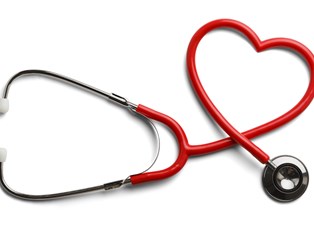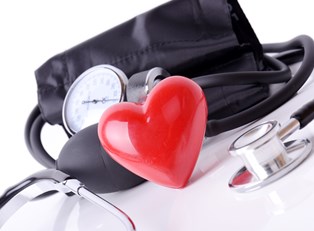If you regularly experience a rapid or irregular heartbeat, you may be experiencing atrial fibrillation.
Atrial fibrillation is a condition that occurs when the upper chambers of your heart receive irregular electrical signals. The chamber responds by quivering, which in turn overloads the AV node between the atria and the ventricles. The result is the irregular heartbeat called atrial fibrillation.
Symptoms
The two most obvious symptoms of atrial fibrillation are an increased heart rate or feelings of irregularity in your heartbeat. Whenever a change in rhythm occurs, it's natural for you to feel palpitations or discomfort. Other noticeable symptoms include high blood pressure, lightheadedness, shortness of breath, confusion, weakness, and, in some cases, chest pain. Symptoms may only occur occasionally, known as paroxysmal, or chronically, in which the rhythm is always abnormal.
Causes
Various conditions and health problems can contribute to the development of atrial fibrillation. The most common cause is damage to the structures of the heart. Many conditions contribute to the development of fibrillation, including metabolic imbalances, thyroid gland problems, viral infections, medications, alcohol, tobacco, sick sinus syndrome, high blood pressure, lung diseases like emphysema, pneumonia, stress, sleep apnea, and congenital defects. Atrial fibrillation can also be a side effect from heart attacks or heart surgery.
Treatment
The type of treatment for atrial fibrillation largely relies on the underlying cause of the condition. All treatment options strive to meet two main goals: controlling the heart rhythm and preventing the formation of blood clots. One of the primary methods of reaching these goals is cardioversion. Cardioversion resets a heart's sinus rhythm and can be done through medications called anti-arrhythmics or through a brief electrical shock. The shock temporarily stops the heart in hopes that when the heart restarts it will return to a more natural rhythm. Cardioversion treatments are typically accompanied by the use of anti-clotting medicines, such as the blood thinner warfarin. Blood thinners are taken in the weeks leading up to treatment, as well as four to six weeks afterwards.
Additional Treatments
In cases in which cardioversion fails, daily medications may be used to slow down the heart rate, along with medications to lower blood pressure, such as calcium channel blockers or beta blockers. In severe cases in which nothing else has worked, surgical procedures may be used to destroy the tissue that's causing the irregularities. These procedures include atrioventricular (AV) node ablation, radiofrequency catheter ablation or a surgical maze procedure.
Prevention
While not all causes of atrial fibrillation can be avoided, you can prevent fibrillation that occurs due to substances introduced to your body. To reduce issues with this condition, eliminate or limit your intake of alcohol, caffeinated products, tobacco, and stimulant medications such as pseudoephedrine. After cardioversion treatment, medications may be used to prevent future problems with fibrillation; these include anti-arrhythmic medications like amiodarone or sotalol.
Conclusion
With so many potential causes of atrial fibrillation, it's important that you talk to your doctor about any symptoms you may be having. Your doctor can then work with you to determine the cause and appropriate treatment for your condition.



